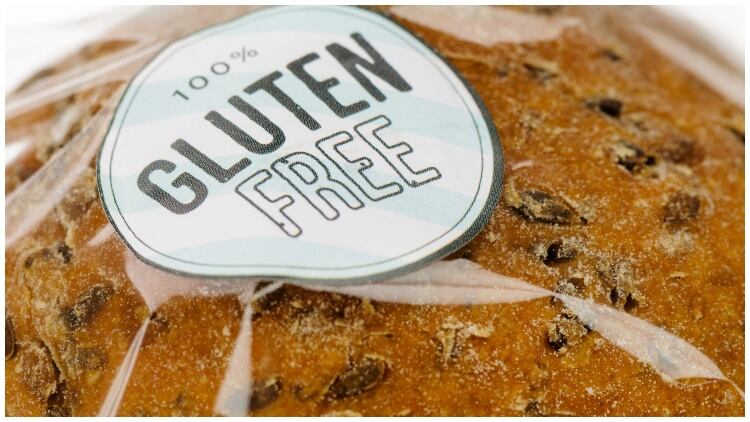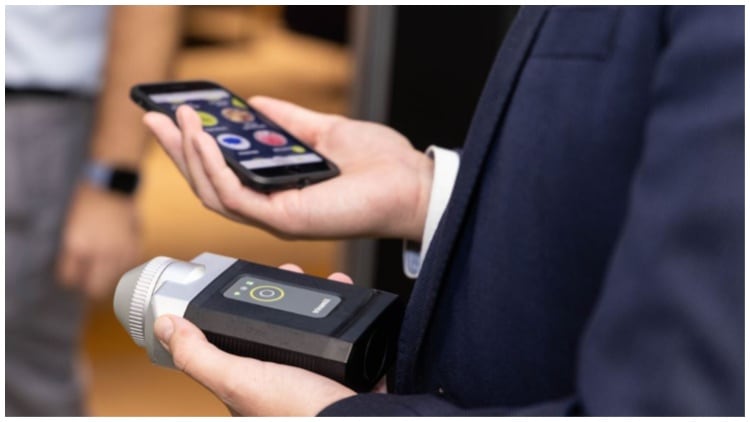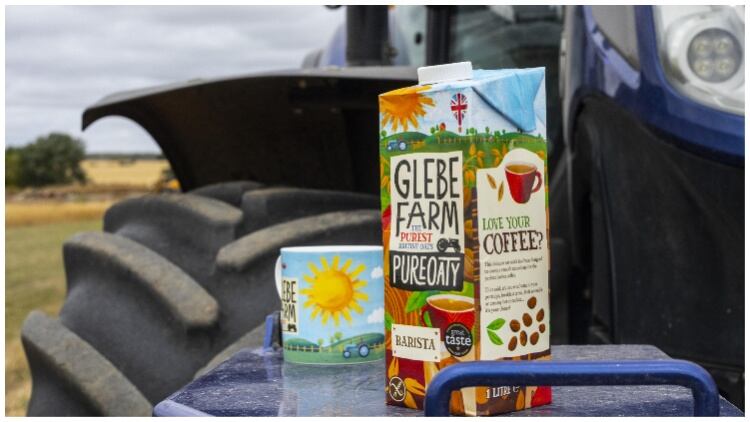Around one in 100 people have coeliac disease, but many other conditions also necessitate a gluten-free diet. In the UK it’s estimated that at least 10% of consumers now avoid gluten.
However, ensuring these products are truly free of gluten is difficult, with cross contamination possible at various stages within the supply chain.
A team from University of Kentucky’s Martin-Gatton College of Agriculture, Food and Environment has now uncovered a potentially enhanced testing method. The study focused on the rapid detection and measurement of wheat (gluten) flour contamination in gluten-free cornbread using Fourier-transform infrared (FTIR) spectroscopy and machine learning. FTIR uses infrared light absorption at various wavelengths to recognise a sample's organic and inorganic compounds.
“Allergen contamination is a very common occurrence in the food industry,” said Akinbode Adedeji, biosystems and agricultural engineering associate professor and principal investigator. “The threshold is very slim for those with gluten intolerance. We wanted to find a rapid method to quickly determine if gluten contamination exists.”
Using corn flour and wheat flour, Adedeji and biosystems and agricultural engineering masters student, Abuchi Okeke, prepared 13 different cornbread samples, each with varying levels of wheat flour contamination. They then used FTIR with a 'special diamond accessory' to analyse the samples. Prior to using machine learning, they pre-processed the collated spectra using what is known as a ‘smoothing’ algorithm, enabling them to reduce ‘noise’ on raw data. This is important when looking to isolate key spectral features and makes the machine learning process much easier.
“The combination of FTIR spectroscopy and machine learning algorithms proved to be highly effective in detecting and measuring wheat flour contamination in gluten-free cornbread with impressive accuracy,” Adedeji said. “Even at very low contamination levels, as little as 0.5%, the model could precisely identify the presence of wheat flour in raw and baked cornmeal. The accuracy improved as the level of contamination increased.”
One of the most significant discoveries from the research was that the 'K-nearest neighbor algorithm' was the most promising approach to quantify the amount of wheat flour contamination in gluten-free cornbread. This algorithm predicts the contamination level of an unknown sample by comparing it to the closest examples in the dataset.
In addition, the team’s study contributed towards the development of an open-source UK app, known as Glutini. This is capable of analysing FTIR data collected from contaminated products to identify and quantity gluten in real-time.
“By utilising machine learning algorithms to analyze large datasets and identify hidden patterns, food safety inspections and quality assessments can be significantly improved in accuracy and efficiency,” Adedije said. “This research is a significant step forward in providing consumers safer and higher-quality gluten-free options.”





